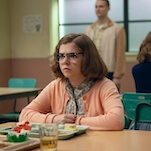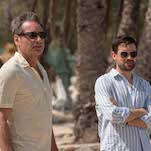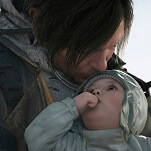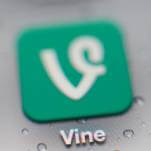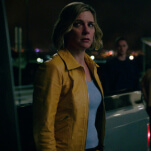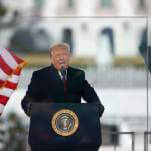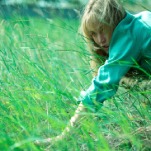Confronting Climate Change and Communication in The Things We Lost in the Flood
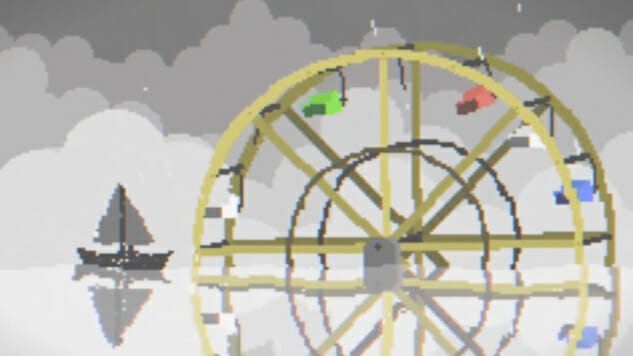
While floating through the minimalist world of The Things We Lost in the Flood, the environmentally existential new videogame from Awkward Silence Games, I came across a message in a bottle written by another player. This had happened many times during my time in the game, but this one consumed me: it confirmed that there was an ending to a game I’d otherwise deemed hopelessly cyclical, and was ready to give up on. In my hunt for the game’s conclusion, I ended up contributing to the inevitable death of The Things We Lost in the Flood’s digital ecosystem.
The world of The Things We Lost in the Flood is barely grasping on to life as is. Beginning with a lore dump, the game explains that “On April 14th 1993 a tap started running somewhere in the Atlantic Ocean and it never really stopped. The water was grey, ice cold and people said it dragged you under. Most of your world was submerged after 18 months.” Already rife with environmental metaphor, The Things We Lost in the Flood will eventually reach its apocalyptic conclusion when enough players solve the game’s ecological crisis and reach the ending; according to a Tweet from developer Dean Moynihan, once 100 people complete the game, it will “will end for everyone. For good.”
What that means is, despite its good intentions, The Things We Lost in the Flood’s environmental message is muddied.
At its core, though, The Things We Lost in the Flood forces players to reckon with their own self-involvement in the face of overwhelming ecological disaster. The game reveals how a mass catastrophe like climate change prompts individual reflection despite the imperative for stronger community action to solve a crisis.
It’s entirely possible to play through all of The Things We Lost in the Flood unaware of the game’s larger structure. You could just spend an afternoon with its immersive sound design and minimalist pixel art, picking up random bottles with heartfelt confessions and groan-inducing jokes and sending your own. To do so is to fall into the game’s metaphorical trap. The barely-there signifiers that the game has an ending represents the intangibility endemic to climate change, effectively lulling players into a bystander effect-esque passivity by letting the personal messages drown ones that might ground the structure of the game.
Why aren’t there more bottles floating in the game’s servers that hint at the ending, explaining how to complete the game? The overwhelming amount of messages found in bottles are emotional, despairing confessions from other anonymous players. Responding to prompts like “What do you fear most?,” the messages are often lovely and heartbreaking manifestations of loneliness, but after discovering the presence of an ending, I couldn’t help but wonder why more players aren’t guiding others to the game’s conclusion.



